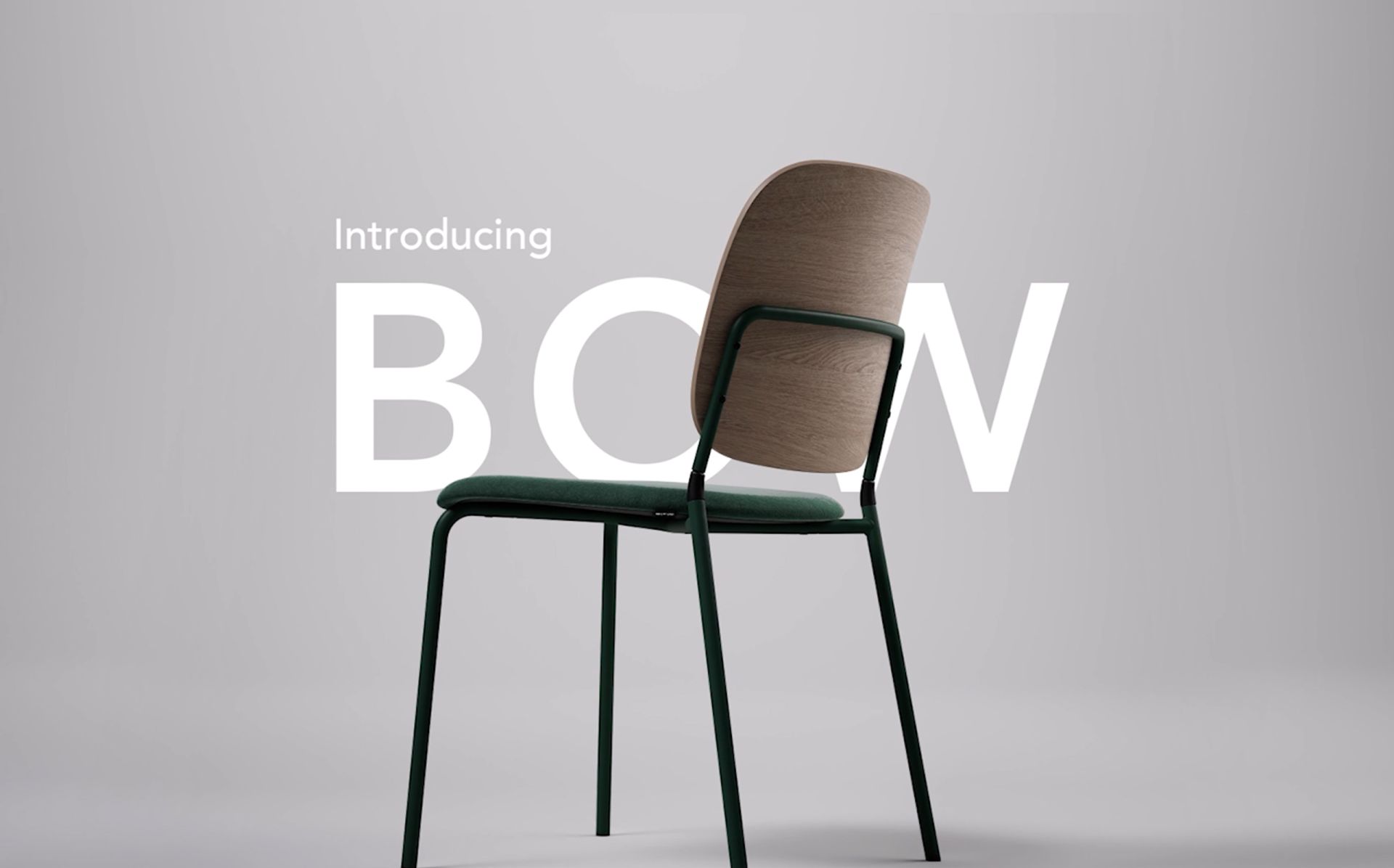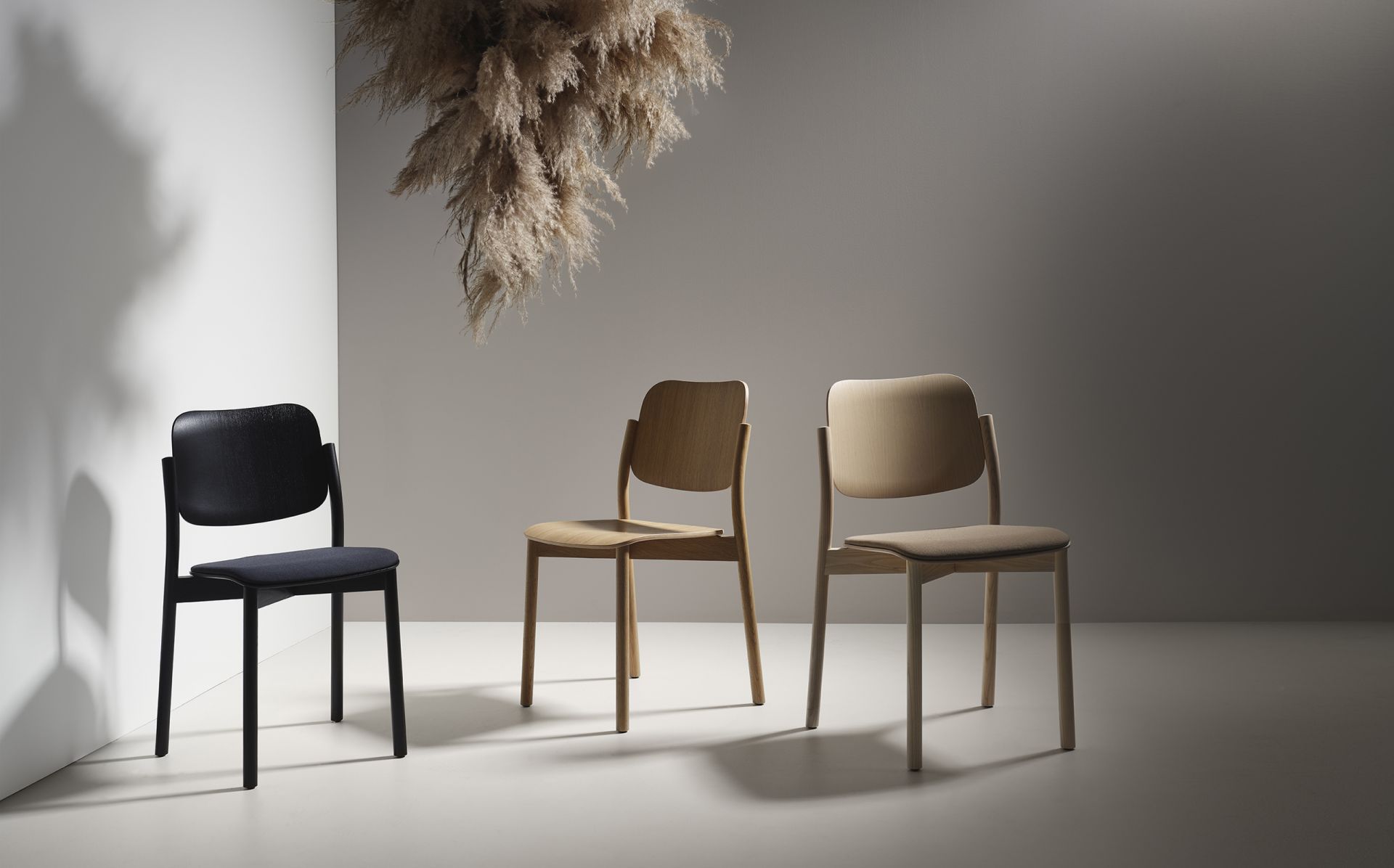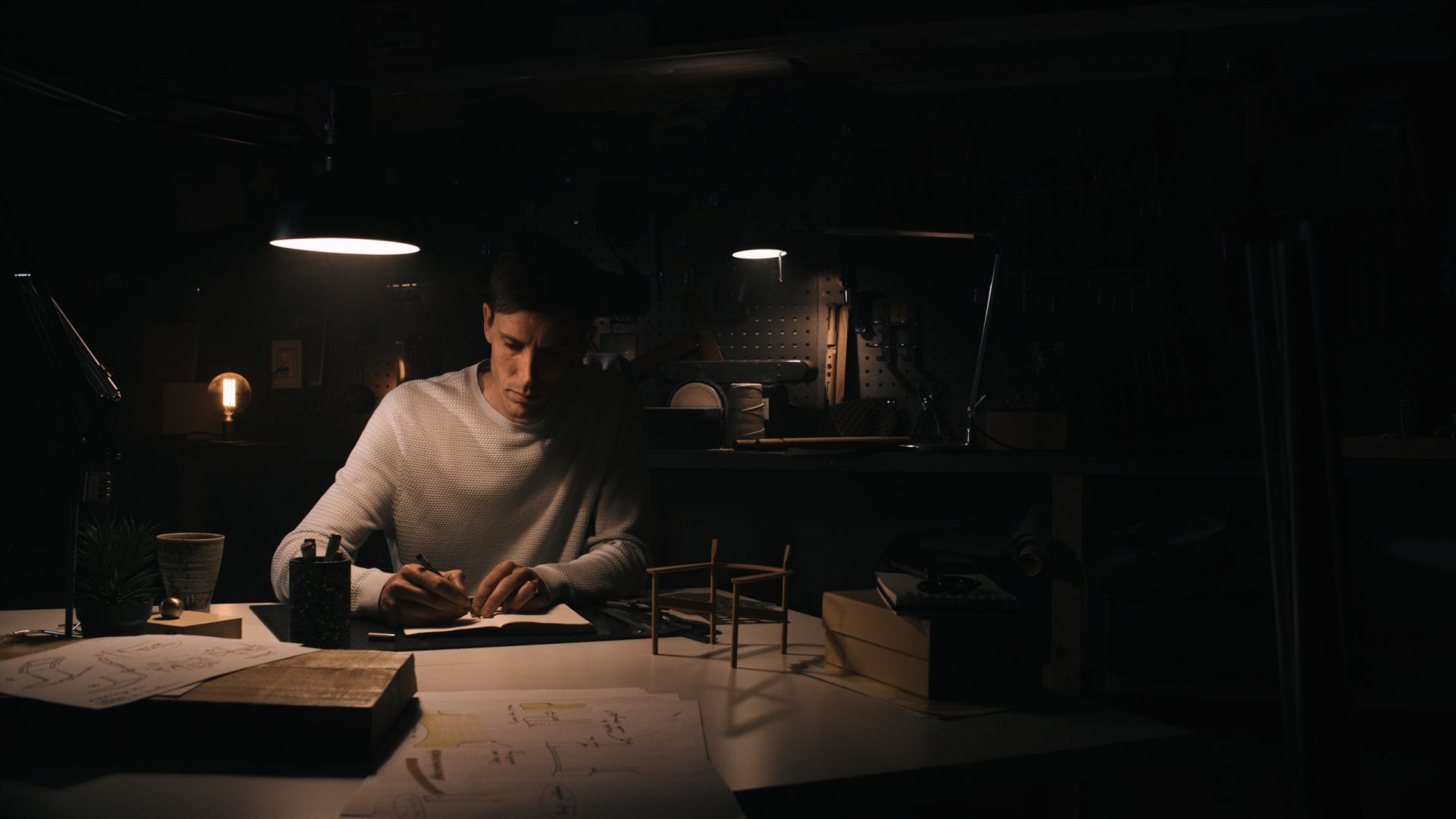
Behind the Design with Jonas Forsman
Through the years, EFG has collaborated with some of Scandinavia’s most distinguished designers – each with a unique expression but united by a shared ambition to shape the furniture of the future. EFG caught up with Jonas Forsman, originally from Småland, who works methodically to discover new, distinctive and, above all, sustainable product solutions.
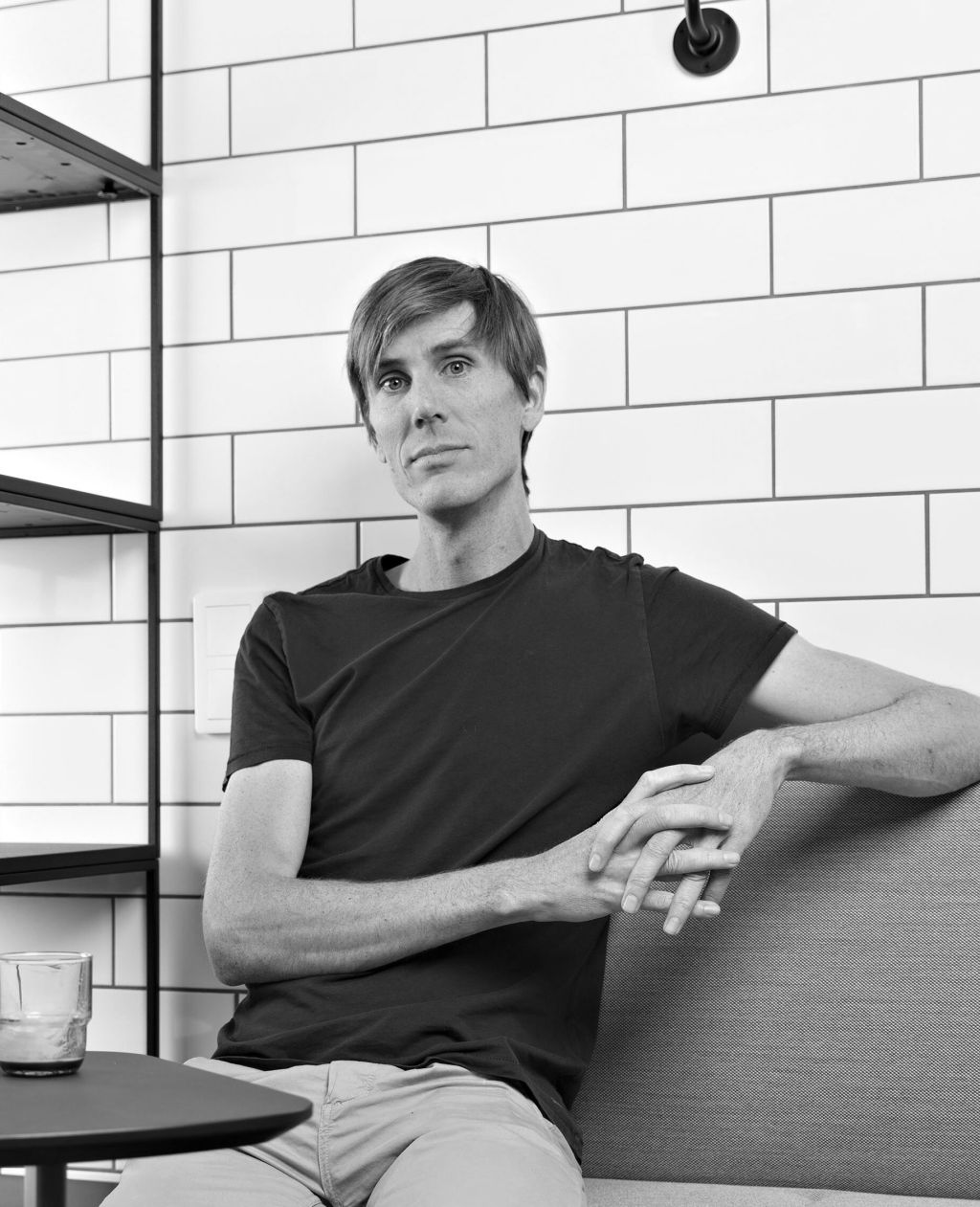
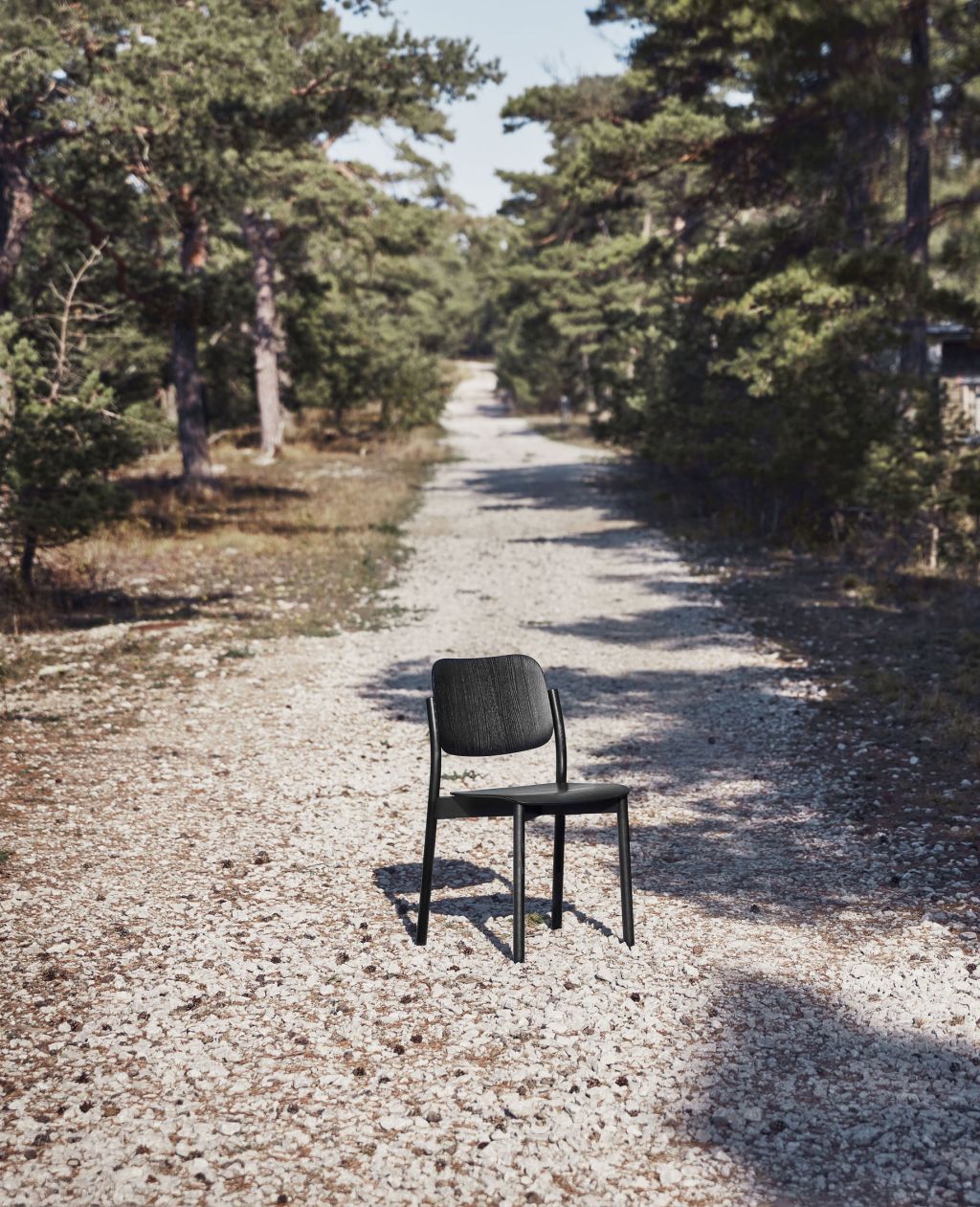
What principles guide your design?
“The function of a piece of furniture is a puzzle made up of many pieces that must come together – people, materials, manufacturing, and circularity. Starting with human needs, I delve into how the furniture will be used and how that impacts its form. The other elements fall into place gradually, and must always be weighed against a visual context grounded in simplicity, harmony and proportion.”
How do you balance tradition and innovation in your work?
“It comes naturally to me, having grown up in the forests of Småland. I was surrounded by Swedish-made furniture which left a mark. My family are farmers and foresters, always keen to build and fix things themselves – from tractors to chairs. To drive progress, we must find smarter, better ways of doing things. Sometimes that means taking bigger steps, and that’s when real innovation happens. My innovative streak stems from a determination to improve things and a curiosity about whether a piece of furniture can be made in an entirely different way.”
What are the most important steps in your creative process?
“Having a strong, guiding concept – something that justifies the product and drives the process forward like a red thread. The hardest part is defining that core idea. Often it’s something that’s been simmering for years – a need, a material, or a design feature I’ve been pondering, and how it could be used in a novel way.
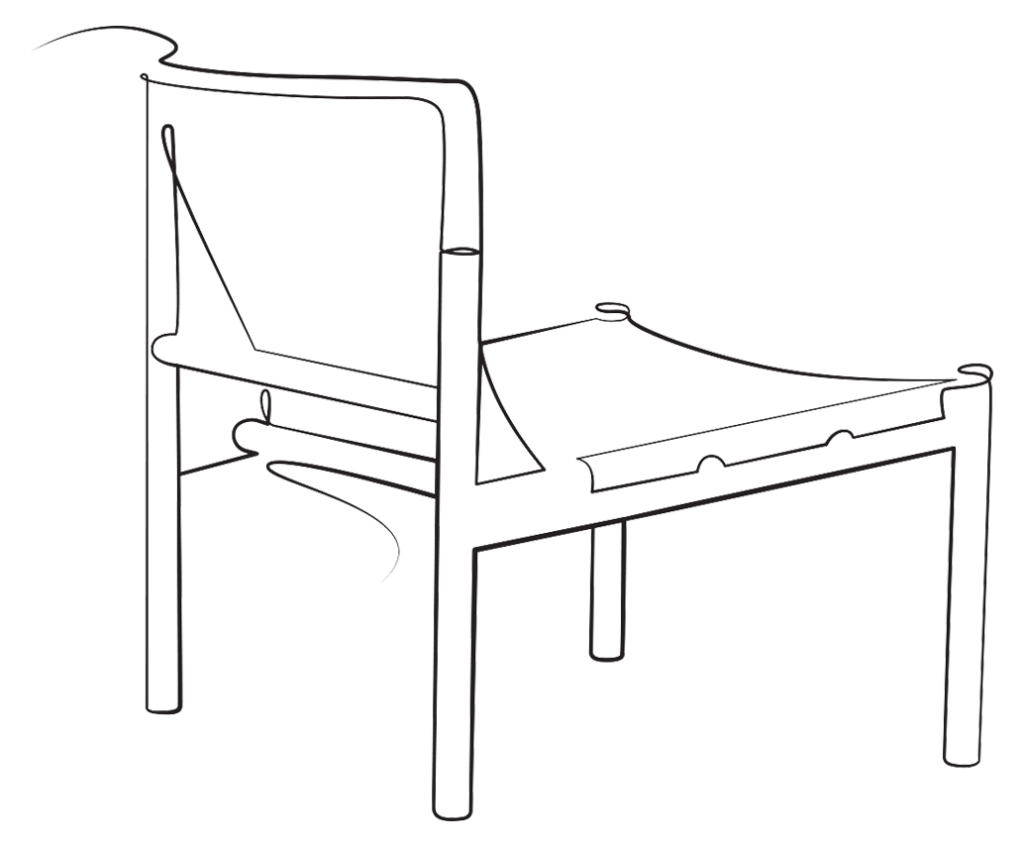
Once the concept is clear, I begin sketching, refining ideas by hand and digitally, before building physical models. The first scale models help explore the character and test ideas. After that, I develop full-scale prototypes, usually in collaboration with the manufacturer.”
How do you incorporate the layer-by-layer design philosophy in your decision-making?
“I’ve always instinctively considered how a piece should be assembled so that parts can be replaced. It’s a kind of ‘farmer’s philosophy’ – I want to be able to fix something myself when it breaks. Flexibility must be embedded in the furniture’s DNA – it should be designed to adapt and evolve over time.”
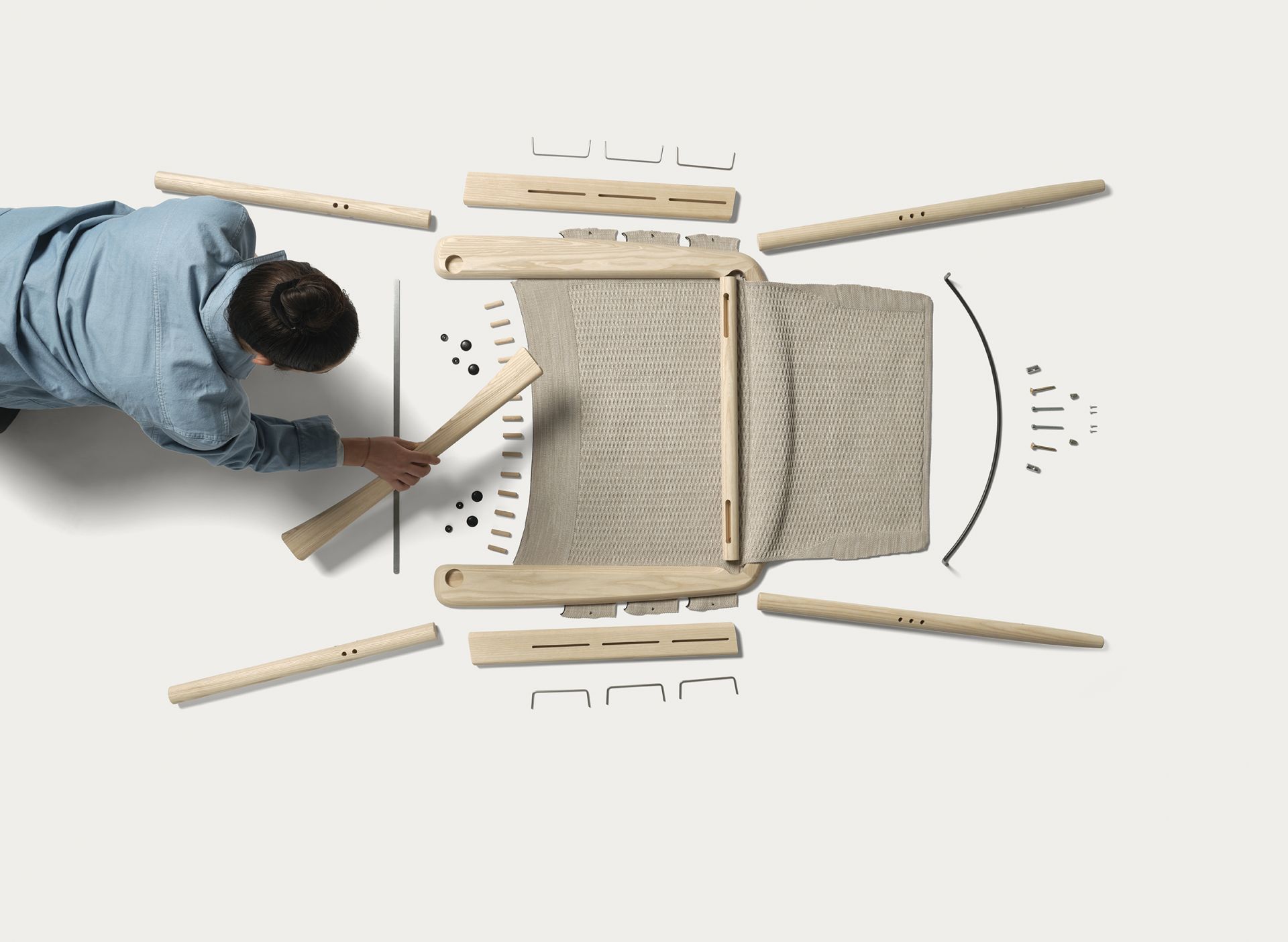
Which of the EFG products you’ve designed are you most proud of?
“Zoe – a chair that’s genuinely comfortable to look at and to sit in. Wood is the ideal material for a piece that should age with grace. To create something that endures, both visually and materially, we need to work with materials that mature beautifully and forms that resist premature wear.
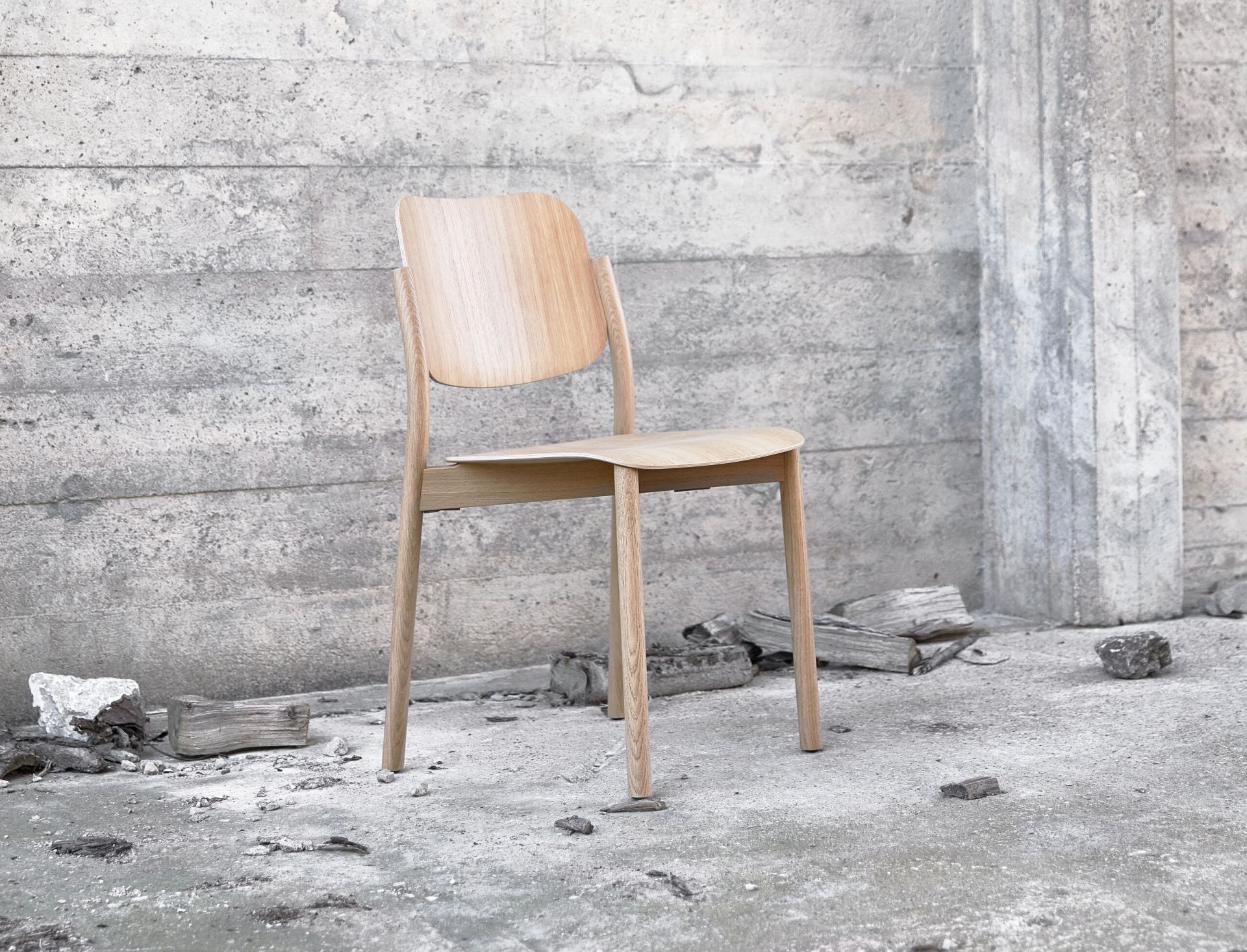
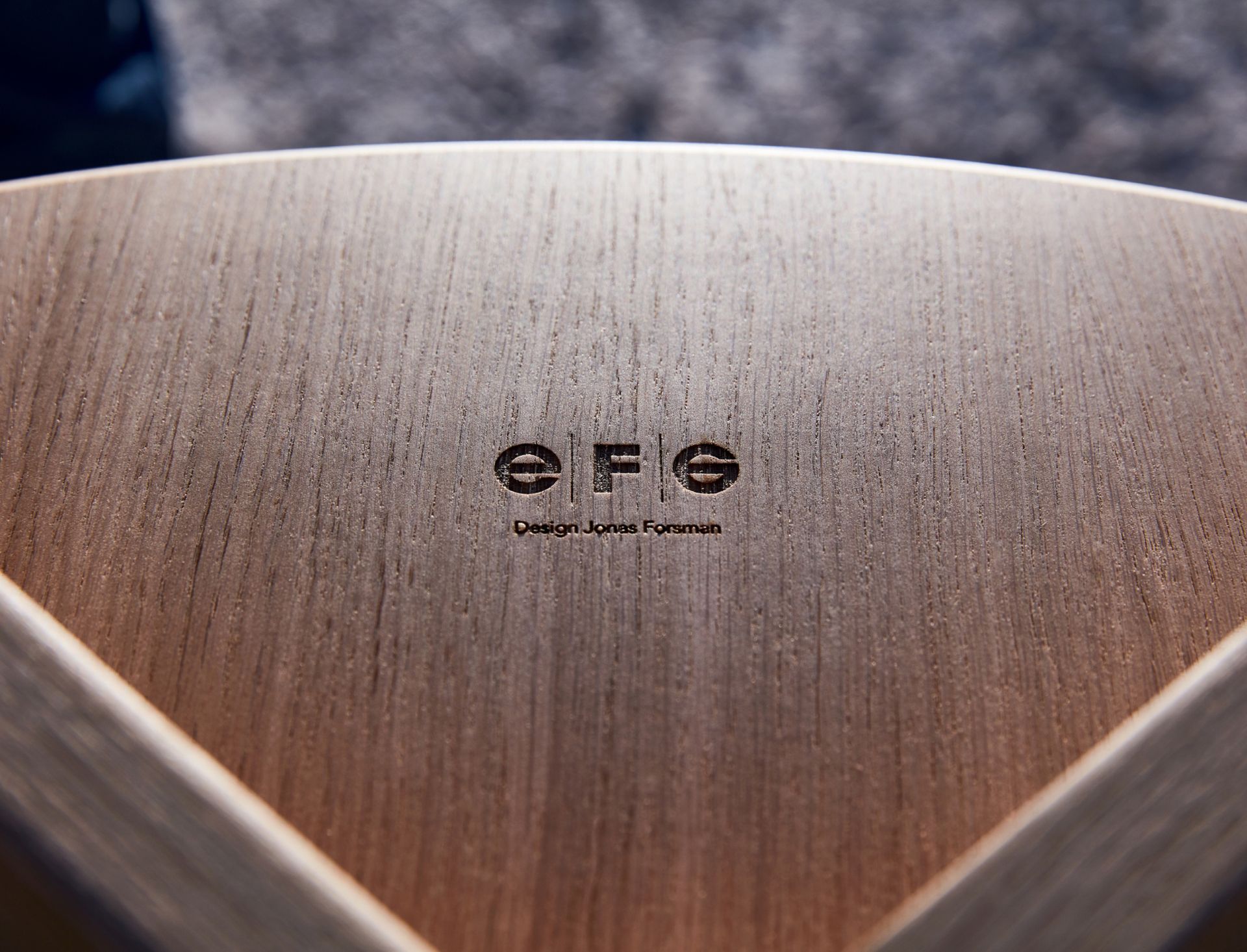
Another personal favourite is the Create storage series, thanks to its long-lasting construction and adaptability.”
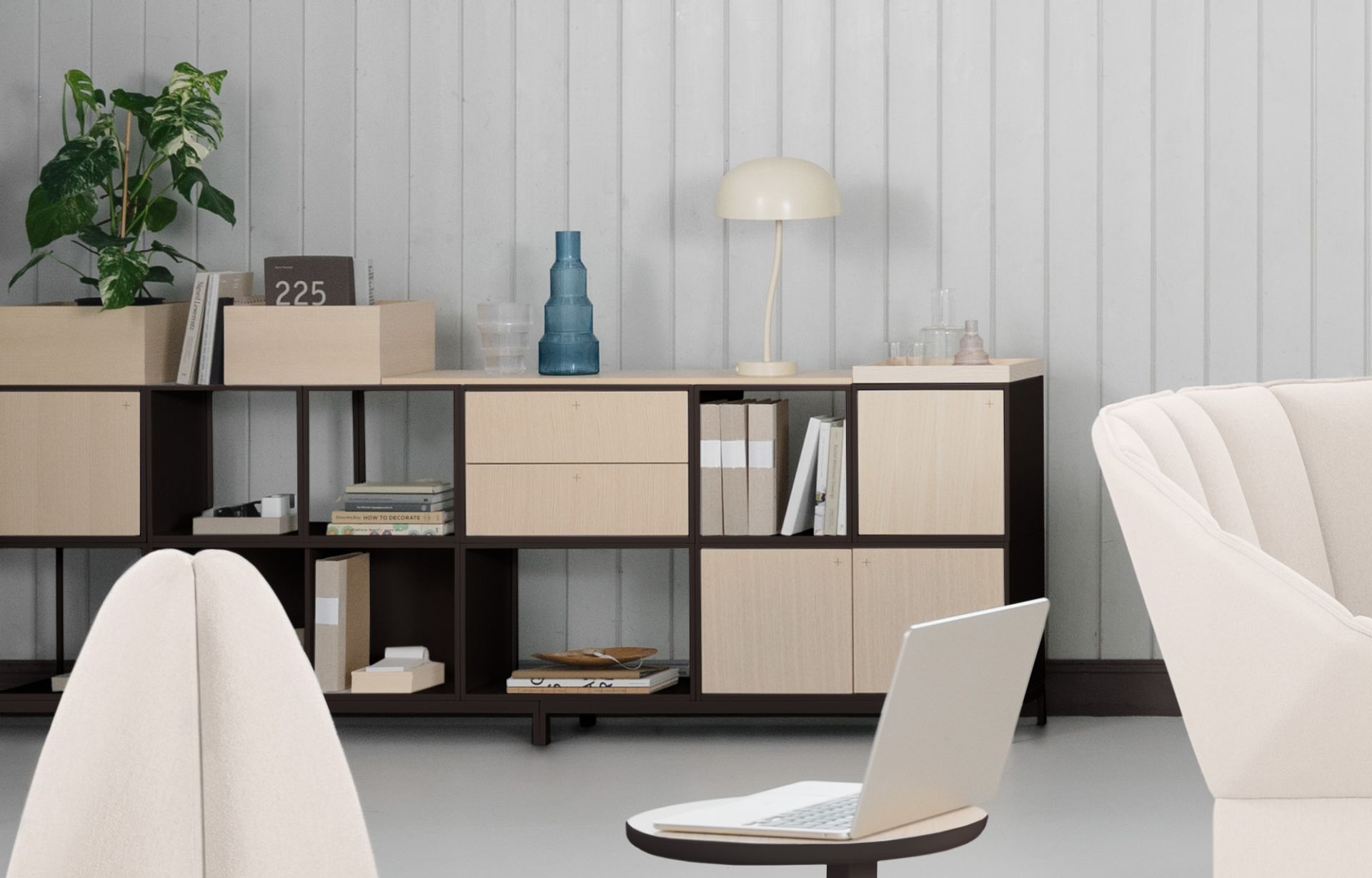
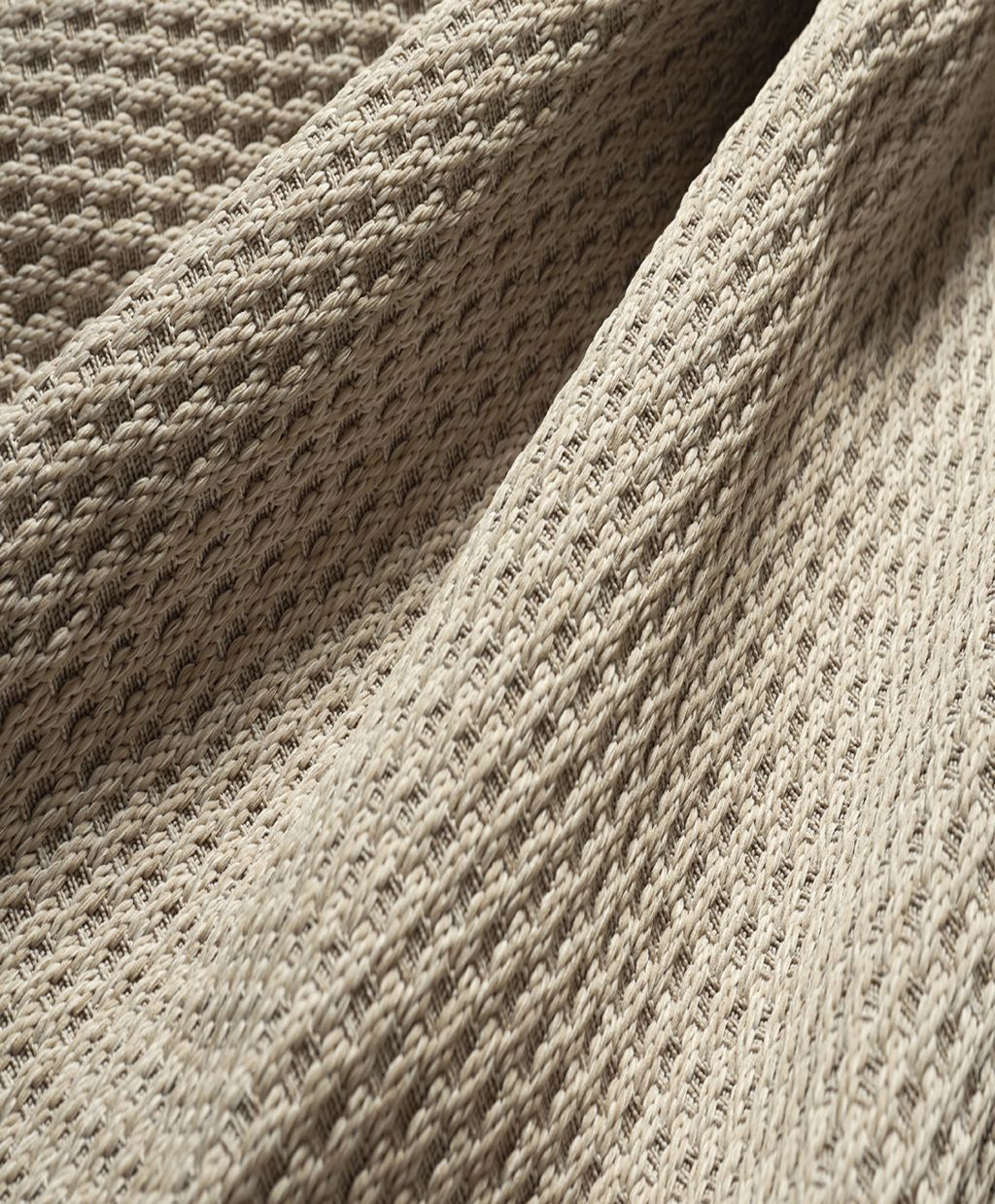
What materials are inspiring you most right now?
“I’ve been fascinated by textiles ever since I wove rag rugs as a boy. A light, thin textile surface can offer so much comfort and atmosphere! New textile innovations are really exciting and offer alternatives that reduce or even eliminate the need for foam in seating – which is also more sustainable.”
How do you think the furniture of the workplace will evolve?
“I believe we’ll continue to see more diverse and flexible workplaces that adapt to different needs and activities. We need lighter furniture that suits a range of users – we enjoy variety and tactility! So we shouldn’t be afraid to create environments featuring furniture from different eras and materials. Inspiring spaces are filled with honest materials – the kind we want to touch and interact with. That’s what I try to infuse into my designs – they should feel generous and inviting.”
About Jonas Forsman: Jonas Forsman was born in 1979 in Växjö and studied technical design at Chalmers University of Technology in Gothenburg. He has worked with several leading furniture manufacturers and has run his own studio in Gothenburg since 2006.
Awards and distinctions: Jonas Forsman has received multiple Red Dot Design Awards, including for Evo by EFG, as well as Design S and Project of the Year at the Dezeen Awards. His work is also represented at the Nationalmuseum in Stockholm.
Key products for EFG: Evo, Zoe and Create.
Relaterade stories
Meet Evo
Our latest launch, Evo, is a lounge chair where innovative design meets timeless..
Bow combines design, comfort and sustainability
Swedish designer Jonas Forsman is behind the design of Bow – a versatile chair combining Scandinavian style with..
Zoe – Möbelfakta labelled wooden chair in several variants
EFG always strives to manufacture furniture with minimal environmental impact. Our sustainable..

